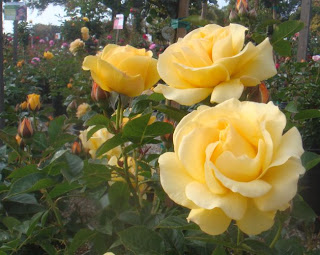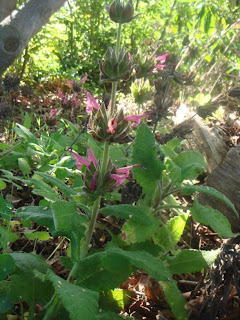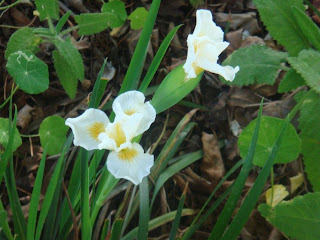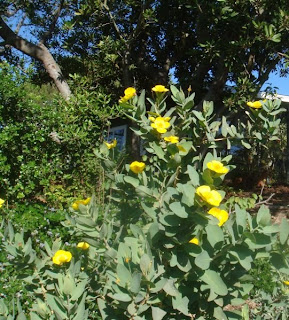Thoughts on Water
The question we get asked most in the nursery is “how often should I water this plant? The problems we most often see in the nursery are often associated with over or under watering.
For a long time I have wanted to write a handout on watering but it’s a daunting task. There are so many things to take into consideration. What are the water requirements of the plant? Is the plant in a pot or in the ground? What watering system is being used? What type of soil do you have? How old is the plant? How many hours of sun does it receive? What is the temperature and wind situation on that given day? What month is it? Sometimes when people ask me how often to water their container plants I’m afraid I sound condescending when I say, “water a dry pot but do not water a wet pot”. In fact that is exactly how we try to water all the plants we have in the nursery.
For today I am confining my thoughts to landscape plants in the ground. Fortunately the Sunset Western Garden Book and two of my favorite websites Native Sons and San Marcos Growers are full of great information.
We always tell people to water even drought tolerant plants until they are established. But what does this really mean? Sunset says, “This may be a single season for a perennial, up to 2 to 5 years for a tree.” Sunset lists the water requirements for every plant. It’s important to group plants with similar requirements together.
Native Sons gives good advice for our area the Central Coast. These recommendations apply to the dry (no rain) months of the year.
Regular Water = weekly, or every 3-4 days if it’s very hot or windy.
Moderate Water = every 10 to 14 days depending on climatic conditions
Occasional = Every 3-4 weeks
Infrequent= DEEP water every 4-6 weeks in summer.
I would also like to stress the importance of deep water for our trees, shrubs and other permanent landscape plants. Deep watering encourages deep roots, which allow the plants to go for longer periods between watering. Shallow watering keeps roots close to the surface. They are unable to cope during hot, windy periods.
Another thing I’d like to mention is watering systems. Drip and other water saving systems do help to save water. They may be great on established plants. On new plantings we want you to be able to flood the entire root zone. Sometimes basin watering to start a plant may be best. It is also important that any system you are using can be adjusted for the needs of different groups of plants.
Thanks for helping me clarify my thoughts. There will be more to follow. Take care and don’t forget to water yourself, D





